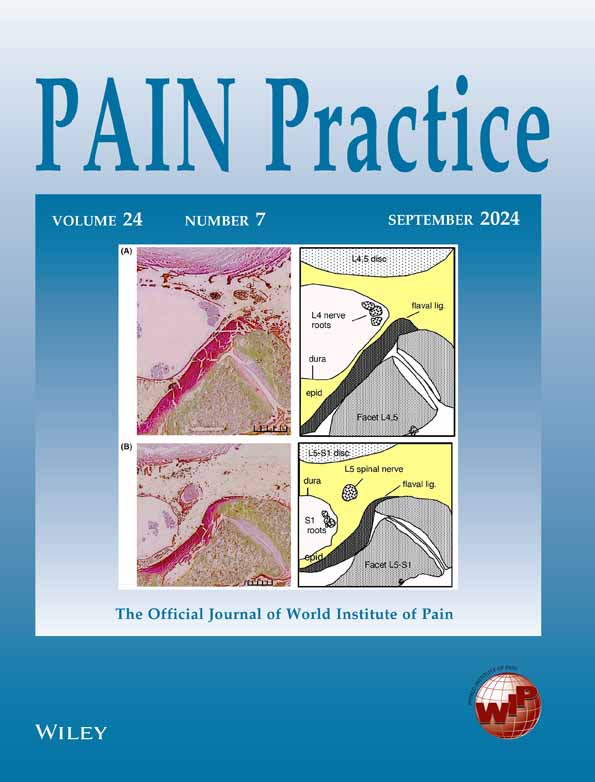Lacertus notch as a sign of lacertus syndrome
Abstract
Objective
Many clinicians are unfamiliar with a diagnosis of lacertus syndrome (LS). We investigated the value of the lacertus notch sign in diagnosing LS.
Methods
We included 56 consecutive patients (112 upper extremities) who had neuropathic pain and neurological symptoms of the hand. The presence of LS and the lacertus notch sign in each upper extremity was assessed.
Results
Of the 83 upper extremities with LS, 54 (65.1%) had a lacertus notch sign, whereas 29 (34.9%) did not. Of the 29 upper extremities without LS, 9 (31.0%) and 20 (69.0%) had and did not have a lacertus notch sign, respectively. The rates of lacertus notch presence in upper extremities with and without LS were significantly different. Of the 63 upper extremities with a lacertus notch sign, 54 (85.7%) were diagnosed with LS, whereas 9 (14.3%) were not. Of the 49 upper extremities without a lacertus notch sign, 20 (40.8%) were diagnosed with LS, and 29 (59.2%) were not. We observed significant differences in the rates of LS in upper extremities with and without lacertus notch.
Conclusions
The presence of the lacertus notch sign is useful for diagnosing LS. When patients with neuropathic pain and neurological symptoms present with a lacertus notch sign, clinicians should consider the possibility of LS.
CONFLICT OF INTEREST STATEMENT
The authors report no conflict of interest.
Open Research
DATA AVAILABILITY STATEMENT
The data that support the findings of this study are available from the corresponding author upon reasonable request.




